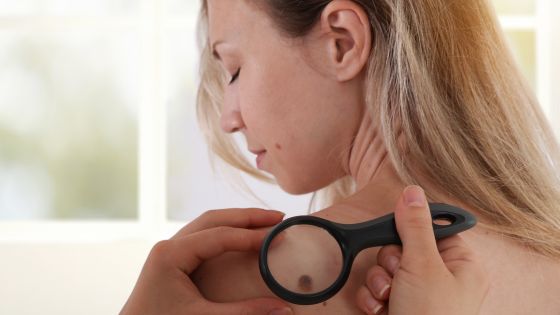Regular mole checks are an integral component of maintaining skin health, as moles can often be the precursors of skin cancer and detection early can greatly increase treatment success rates. Here we take you through all of the steps involved with getting a mole check done from reputed centers like Sundoctors, from what to expect during and post procedure to preparation techniques – so you can protect both yourself and your peace of mind with this proactive measure.
Understanding the Importance of Mole Checks
Mole checks are an integral component in early skin cancer detection. Melanoma can often be treated successfully when caught early. Regular self-examinations and professional mole checks should take place to detect changes to any moles’ size, color or shape as well as detect any unusual moles which should be evaluated by a dermatologist or qualified healthcare provider for any potential threats. It’s important to remember that not all moles are dangerous but any suspicious modifications must be examined by a specialist healthcare professional immediately.
Finding a Dermatologist
Step one in selecting a reliable dermatologist specializing in skin cancer detection should be to seek recommendations from family, friends or your primary care physician. Next, review their qualifications, experience and patient reviews – ensure that they are board-certified with expertise in mole examinations and skin cancer detection; furthermore make note of their clinic location since convenience may play a factor when scheduling appointments.
Preparing for Your Appointment
Prior to scheduling a mole check appointment, compile a list of any concerns or changes you have noticed with your moles. Make a note of any new moles, modifications to size, shape or color changes or whether any moles have become itchy or painful. Clean and free from makeup or lotions before your dermatologist arrives and wear loose-fitting clothing so they can better examine your skin.
The Mole Check Process
At your appointment, a dermatologist will examine your skin closely for any areas of concern and any existing moles. A magnifying instrument known as a dermatoscope may be used to get an up close and personal view. If they detect any suspicious moles they may recommend a biopsy – taking out small samples for testing purposes – as soon as possible.
Post-Appointment Care and Follow-Up
After conducting their mole check, your dermatologist will discuss their findings with you and arrange a biopsy if any moles need further examination. If everything seems normal, advice will likely be given regarding how you can monitor moles at home until your next check-up; they may also recommend sun protection measures or other preventive measures that might help.
Conclusion
Regular mole checks are an integral component of maintaining skin health and detecting potential issues early. By understanding their purpose, choosing a reliable dermatologist and prepping for your appointment, you can ensure a comprehensive examination. Don’t forget to monitor moles between appointments as well as follow any post-appointment care instructions given by your dermatologist; taking preventive steps against skin cancer while enjoying peace of mind is paramount.

